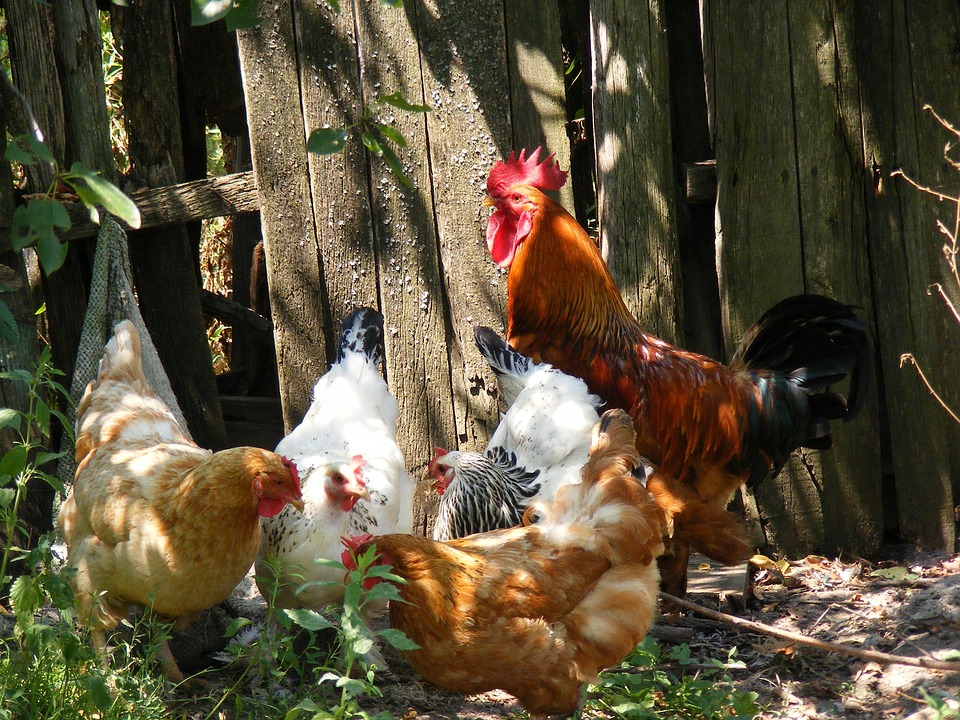# Climate-Smart Agriculture: Strategies for Resilient Food Production
Nestled in a quiet corner of my beloved homestead, the sun cracked through the trees, warming up the rich earth where I’d sown more than just seeds. It was a beautiful morning, and the scent of fresh basil floated through the air, mingling with the sweet melody of chirping birds. While my hands worked tirelessly in the soil, my mind whirled with the significant shifts our planet faces. The understanding that conventional farming practices can impact our climate was becoming increasingly apparent, and I felt compelled to explore ways to adapt and thrive amid these challenges. This journey led me to the vibrant realm of Climate-Smart Agriculture (CSA), a dynamic approach that not only addresses climate change but also uplifts communities through innovation, resilience, and sustainable food production.
## Understanding Climate-Smart Agriculture
Climate-Smart Agriculture is an integrated approach aimed at transforming and reorganizing agricultural systems to effectively support food security and nutrition, while tackling climate change. It’s all about producing more food with less input while enhancing resilience and mitigating greenhouse gas emissions. So what does this mean for the future of farming, and how can we all participate? Let’s dig deeper into some practical strategies that maximize production and tread lightly on our planet.
### 1. Understanding Local Climate Patterns
Before embarking on any agricultural endeavor, understanding your local climate patterns is vital. This includes seasonal rainfall, temperature fluctuations, and even extreme weather events. By studying historical data and observing current trends, you can select crops that are well-suited to your specific environment.
#### Pro Tip:
– Keep a weather journal; record rainfall, temperature highs and lows, and seasonal patterns over a couple of years. This data can guide you in crop selection and timing for planting and harvesting.
### 2. Diversifying Your Crop System
A diverse cropping system can significantly bolster resilience against pests, diseases, and climate impacts. By planting a variety of crops, you not only reduce dependency on a particular species but also improve soil health and fertility.
#### Strategies for Crop Diversity:
– **Intercropping**: This involves growing two or more crops in proximity. For instance, growing beans alongside corn can maximize space and improve nitrogen levels in the soil.
– **Crop Rotation**: Rotating different crops in a specific order helps break pest and disease cycles while enhancing soil nutrients.
### 3. Integrating Agroforestry Practices
Agroforestry is the practice of incorporating trees and shrubs into agricultural landscapes. It’s an age-old method that offers a multitude of benefits including enhanced biodiversity, improved water retention, and carbon sequestration.
#### Advantages of Agroforestry:
– Trees provide shade for crops, which can help reduce heat stress.
– The roots of trees stabilize the soil, reducing erosion and improving its structure.
### 4. Harnessing Technology for Smart Water Use
Water use efficiency is central to Climate-Smart Agriculture. With unpredictable weather patterns, managing water effectively becomes increasingly crucial. Employing drip irrigation systems or rainwater harvesting can optimize your water resource management.
#### Pro Tip:
– Use moisture sensors to determine when irrigation is necessary, which can help to avoid over-watering and conserve water.
### 5. Embracing Organic Practices
Organic farming methods not only contribute to climate-smart practices but also enhance soil health, biodiversity, and the overall ecosystem. Using organic compost instead of synthetic fertilizers creates a virtuous cycle of nourishment for your crops while reducing reliance on fossil fuels.
#### Organic Practices to Consider:
– **Composting**: Create a compost pile with kitchen scraps, yard waste, and other organic materials to enrich your soil.
– **Natural Pest Control**: Use beneficial insects, such as ladybugs and lacewings, to manage pest populations and reduce the need for chemical pesticides.
### 6. Building Resilient Soil
Soil is the foundation of agriculture, and building resilient, healthy soil is paramount for sustainable food production. Practices such as cover cropping, reduced tillage, and maintaining organic matter can significantly boost soil health.
#### Ways to Build Resilient Soil:
– **Cover Cropping**: Planting cover crops like clover or rye in between main cropping seasons helps retain soil structure, prevents erosion, and adds nutrients back into the soil.
– **Minimize Tillage**: Reducing the frequency of tilling can enhance soil structure and maintain healthy ecosystems of microorganisms that enrich the soil.
### 7. Community Engagement and Education
An often-overlooked aspect of Climate-Smart Agriculture is the role that local communities play in building resilient agricultural systems. Sharing knowledge, resources, and experiences leads to stronger connections and better understanding of community needs.
#### Strategies for Community Engagement:
– **Workshops and Local Events**: Host or join workshops focused on sustainable practices, garden clubs, or community gardens to build a supportive network.
– **Sharing Resources**: Utilize tools and resources collectively to reduce costs and promote sustainability.
### 8. Policy Advocacy and Support
Advocating for policies that support sustainable agricultural practices is crucial for systemic change. Engage with local farmers’ associations and policymakers to push for initiatives that invest in research, development, and funding for CSA practices.
#### How to Get Involved:
– Attend local government meetings to advocate for sustainable practices.
– Collaborate with organizations focused on climate resilience to amplify your impact.
## Conclusion
Climate-Smart Agriculture is not just about adapting to climate change; it’s about rethinking our relationship with nature and adopting a more harmonious approach to food production. By implementing a combination of strategies such as cropping diversity, agroforestry, smart water use, and community engagement, we can cultivate resilient agricultural systems that not only nourish us but also nurture our planet.
Embrace this journey, and who knows? You may just find that the path toward sustainable farming is as rewarding as it is essential.
## Pro Tips for Successful Climate-Smart Agriculture
1. **Keep a Weather Journal**: Document local climate trends to make informed choices about crop selection.
2. **Practice Intercropping**: Mix and match crops for maximum biodiversity and soil health.
3. **Invest in Drip Irrigation**: Optimize water usage and minimize waste for improved sustainability.
4. **Use Organic Compost**: Enrich your soil naturally to enhance its productivity and health.
5. **Engage with Your Community**: Share resources and knowledge to strengthen communal ties and collective resilience.
By following these strategies and tips, you’re not just growing food — you’re sowing the seeds of a sustainable future. Happy gardening!



